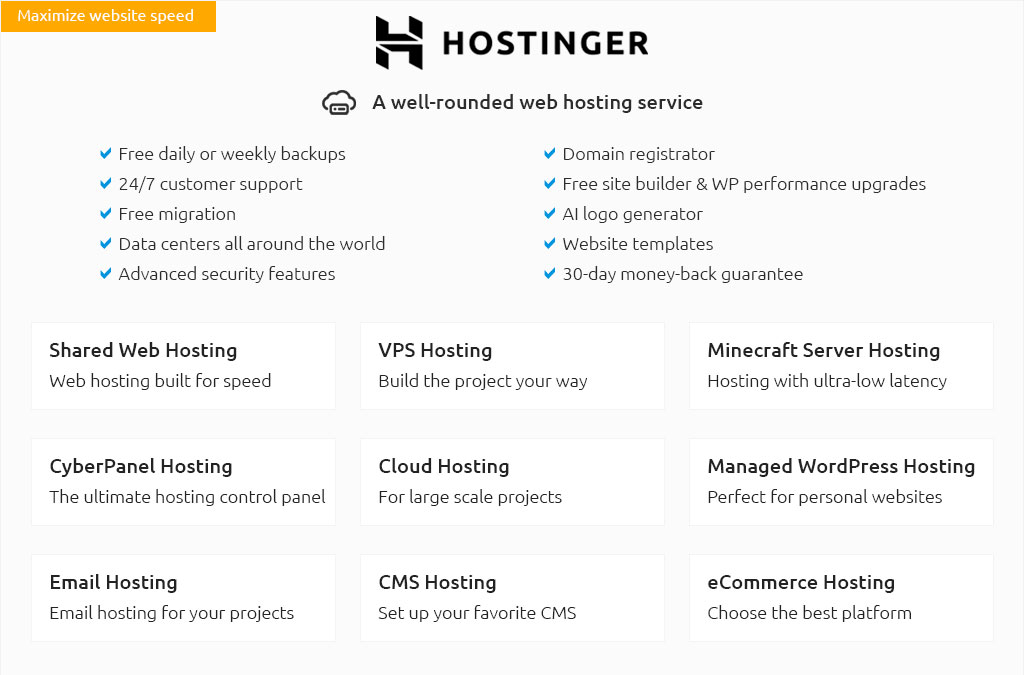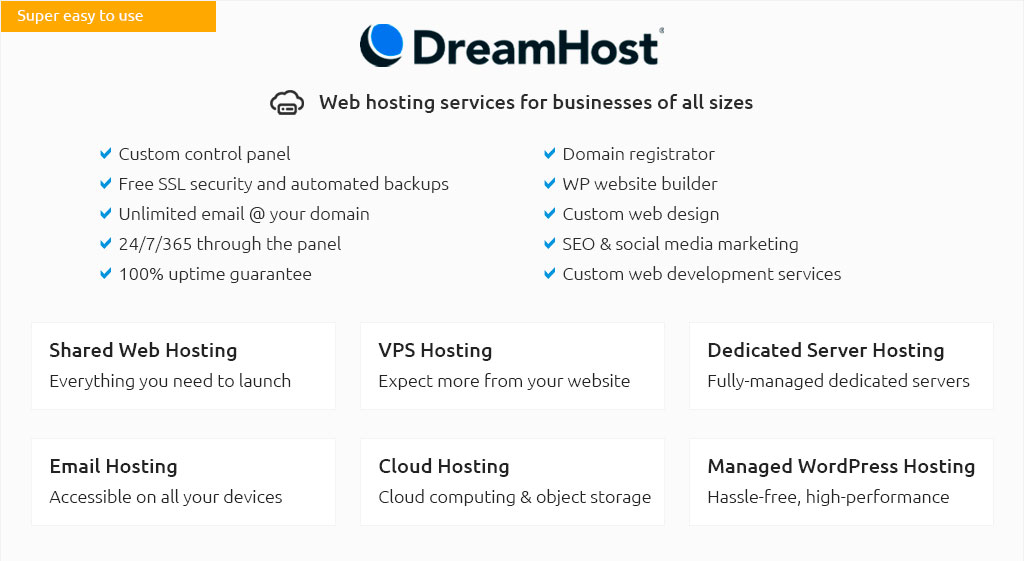 |
|||
 |
 |
 |
|
 |
|
 |
 |
 |
|||
 |
|||
 |
|||
 |
|||
 |
 |
aws hosting price guide for smart budgetingWhat drives the billThe aws hosting price you pay reflects a blend of compute, storage, and network usage. EC2 is metered by instance size and time, S3 by GB stored and requests, and data egress often becomes the surprise line item. Region selection, database engine, and attached services like load balancers all nudge totals up or down. Common pricing patternsOn-Demand offers flexibility, but Reserved Instances and Savings Plans cut rates if you can commit. Spot capacity is cheapest yet interruptible. Serverless options such as Lambda and Fargate charge per request and duration, which fits bursty traffic. Autoscaling helps right-size so you avoid paying for idle capacity.
With a clear usage profile and a few guardrails, the aws hosting price becomes predictable, transparent, and aligned to value.
|